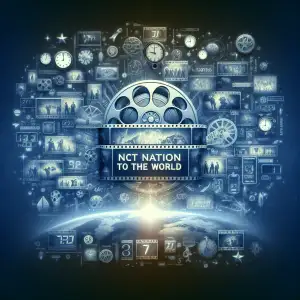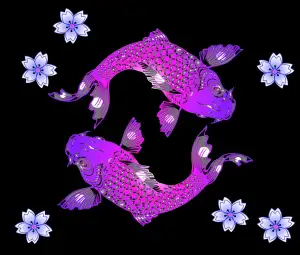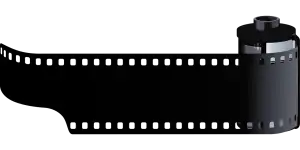Movies Like Saw That Will Have You Sleeping With the Lights On

The Saw Franchise Legacy
The Saw franchise, a name synonymous with gruesome traps and twisted morality plays, has left an undeniable mark on the horror genre. Spanning nine films, video games, and even theme park attractions, the series has captivated and horrified audiences for nearly two decades.
Exploring the Gory Side
Trapped in Terror
The rusty gears grind, a metallic groan echoing in the cavernous room. Your heart pounds in your chest, a frantic rhythm mirroring the ticking of the clock on the wall. It's a countdown, a stark reminder that time is your enemy. This isn't a nightmare; it's your reality now. You're trapped, ensnared in a twisted game orchestrated by a sadistic puppet master who calls himself Jigsaw.
He's been watching, meticulously studying your flaws, your sins. Now, he's placed you, along with others, in a macabre morality play. Your lives hang in the balance, the price of survival a gruesome test of your will, your morals, and your capacity for suffering.
This is the chilling premise that has captivated horror fans for over two decades, ever since James Wan unleashed "Saw" upon the world in 2004. The film, with its low-budget ingenuity and unflinching brutality, spawned a franchise that redefined the genre, inspiring a wave of imitators eager to tap into the same vein of visceral terror.
"Saw" and its progeny, like the "Hostel" series and the gruesome "Human Centipede," tap into our primal fears, our anxieties about vulnerability and mortality. They thrust us into claustrophobic scenarios, forcing us to confront the darkest corners of the human psyche. The victims, often morally compromised, are made to confront their past transgressions, their punishments designed to teach them the value of life through agonizing lessons.
But beyond the gore and the visceral thrills, these films resonate because they force us to ask uncomfortable questions. How far would we go to survive? What lines are we willing to cross when faced with unimaginable choices? The answers, as these films so disturbingly illustrate, are rarely easy or clean.
The "torture porn" subgenre, as it came to be known, drew criticism for its graphic content and perceived nihilism. Yet, its enduring popularity speaks to a deeper fascination with the extremes of human endurance and the dark side of our nature. These films, for all their flaws, hold up a distorted mirror to society, reflecting our anxieties about violence, morality, and the fragility of life itself.
So, the next time you find yourself trapped in the dark, the whirring of machinery sending shivers down your spine, remember: Jigsaw might be watching, but the real horror lies not in the traps themselves, but in the choices we make when confronted with the abyss.
Psychological Thrillers
Psychological thrillers have a unique way of getting under our skin. Unlike slashers that rely on gore, these films delve into the human psyche, exploring themes of morality, manipulation, and the dark side of human nature. They mess with your head, leaving you questioning everything and
| Movie Title | Premise/Themes | Gore Level | Psychological Horror Emphasis |
|---|---|---|---|
| Saw | Characters forced into deadly "games" to appreciate life. Explores morality and choices. | High | High |
| Hostel | Tourists become targets of a torture ring. Explores themes of human depravity and suffering. | High | Medium |
| The Collector | A man traps victims in elaborate, deadly traps within their own home. Focus on survival and escape. | High | Medium |
Puzzle of Morality
The blood runs cold, the heart pounds, and a single question claws its way to the forefront of our minds: is any of this justified? The horror genre, particularly the gruesome subgenre popularized by films like "Saw," forces us to confront a chilling puzzle of morality. These movies don't offer simple scares; they thrust us into moral dilemmas, forcing us to question our own values as we grapple with the justifications behind horrific acts.
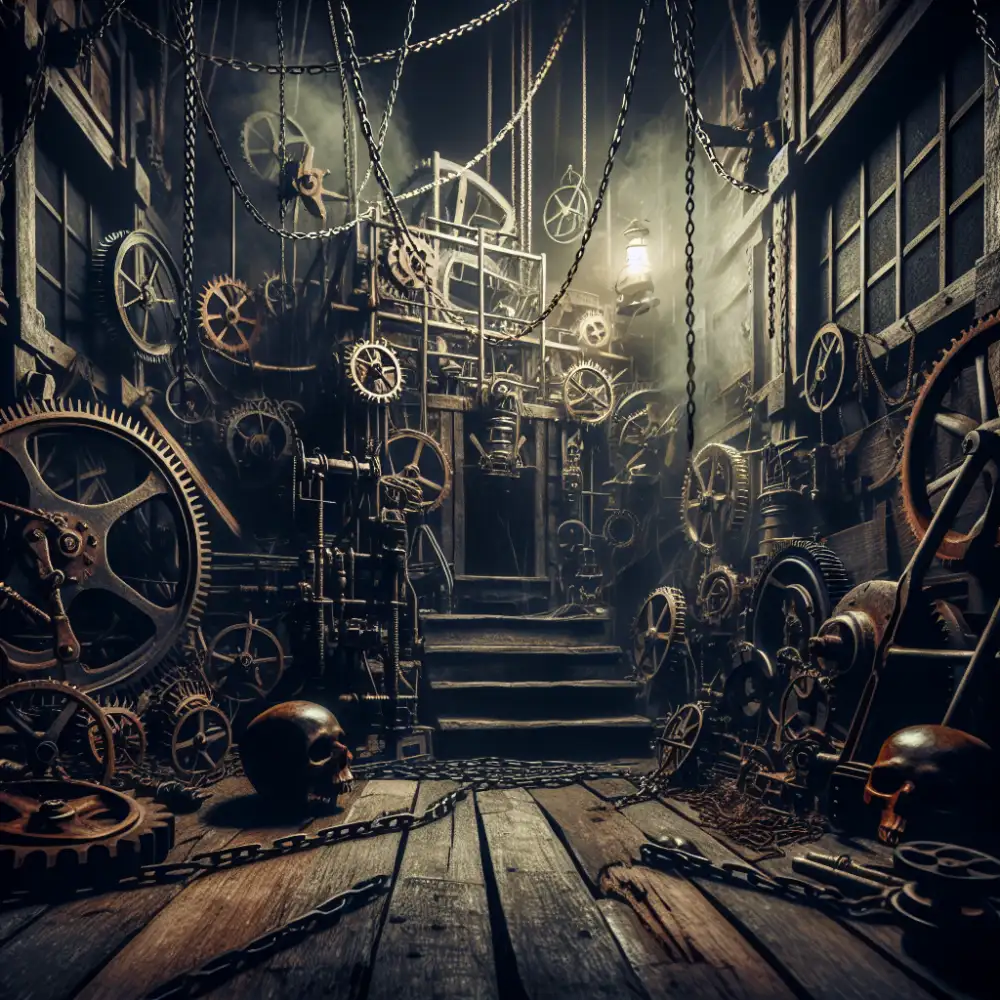
At the heart of these films lies a twisted sense of righteousness. The antagonists, often driven by past trauma or a warped sense of justice, believe they are serving a greater good. They construct elaborate, often deadly, games designed to teach their victims harsh lessons about their perceived flaws. Jigsaw, the infamous antagonist of the "Saw" franchise, doesn't view himself as a murderer but as a moral reformer, pushing people to appreciate their lives through twisted trials.
This moral complexity is a large part of what makes these films so disturbingly compelling. We are repulsed by the violence but also strangely captivated by the philosophical underpinnings. Are the victims, often depicted as morally flawed individuals who've made selfish choices, deserving of punishment? Can extreme methods ever be justified in the pursuit of moral reform? These questions linger long after the credits roll, blurring the lines between horror and a perverse exploration of ethics.
However, it's crucial to remember that the moral ambiguity of these films is not an endorsement of violence or vigilantism. The horrific acts depicted on screen are meant to disturb, not to inspire. These films serve as cautionary tales, highlighting the dangers of self-righteousness and the slippery slope of assuming the role of judge, jury, and executioner.
The puzzle of morality in these films is not about finding easy answers or condoning violence. It's about confronting uncomfortable truths about human nature, the complexities of morality, and the fine line between justice and vengeance. It's a testament to the power of the horror genre to force us to confront these unsettling questions in the safe confines of fiction, leaving us to grapple with the unsettling aftershocks long after the screen fades to black.
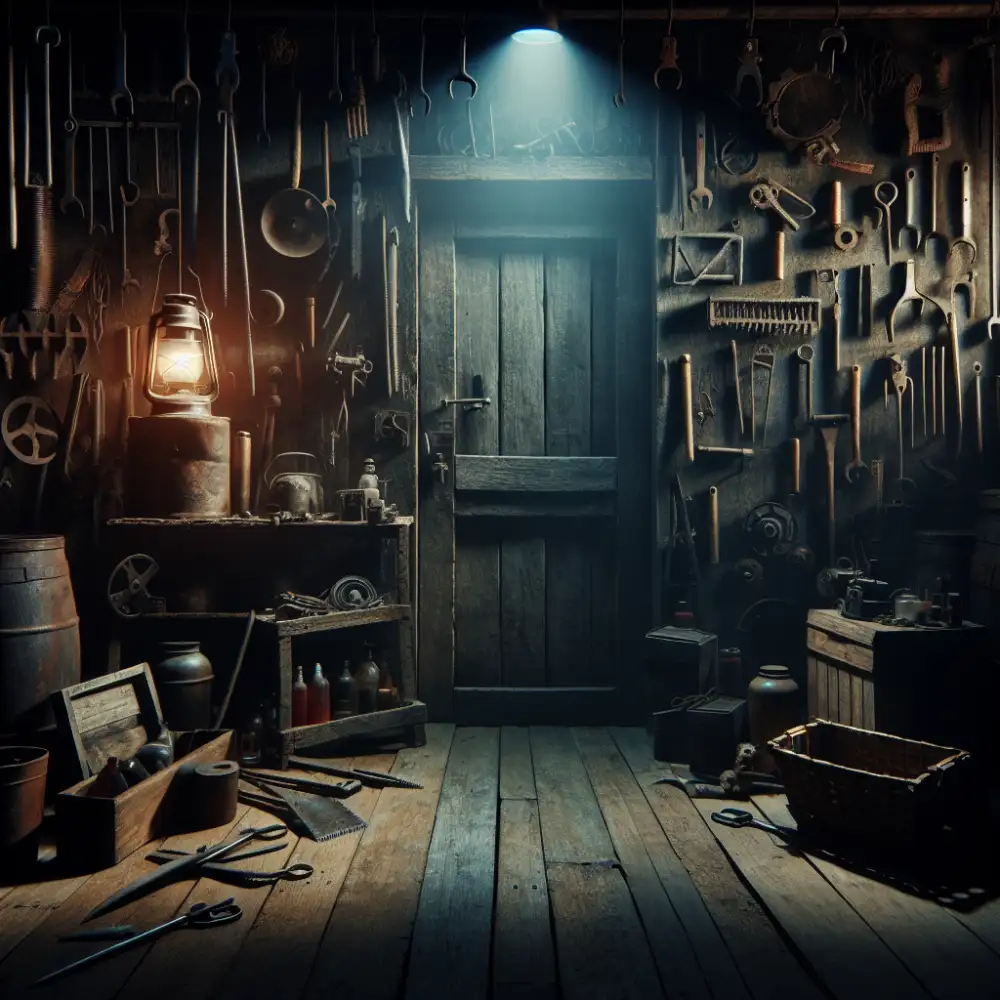
Brutal Games of Survival
Unmasking the Killer
The killer's mask, often a chilling visage of a skull or a disfigured face, becomes an iconic symbol of the horror genre. The mask is more than just a disguise. It represents the killer's hidden identity and twisted psyche. The act of unmasking the killer, then, becomes a climactic moment of revelation.
In the "Saw" franchise, the Jigsaw killer's pig mask is a chilling symbol of his twisted sense of justice. Jigsaw doesn't see himself as a murderer but as a moral judge, placing his victims in elaborate traps designed to test their will to live. The mask, therefore, represents the dehumanization Jigsaw inflicts upon himself to justify his actions. When the mask is finally removed, it reveals the man behind the monster, John Kramer, but it doesn't diminish the horror of his actions.
Similarly, in other films like "The Texas Chainsaw Massacre," the killer's mask, made of human skin, speaks to their complete detachment from humanity. Leatherface, the masked killer, is a product of his own horrific upbringing, his mask a symbol of his fractured mental state. The act of unmasking him doesn't provide easy answers but instead reveals the depths of his madness.
The removal of the mask, therefore, doesn't always offer a sense of closure or understanding. Instead, it often reveals a more profound and disturbing truth. The killer is not a monster in the shadows but a human being capable of unspeakable acts. This realization is perhaps the most terrifying aspect of these films, forcing us to confront the darkness that lies within ourselves and our society.
Published: 23. 06. 2024
Category: Movies

